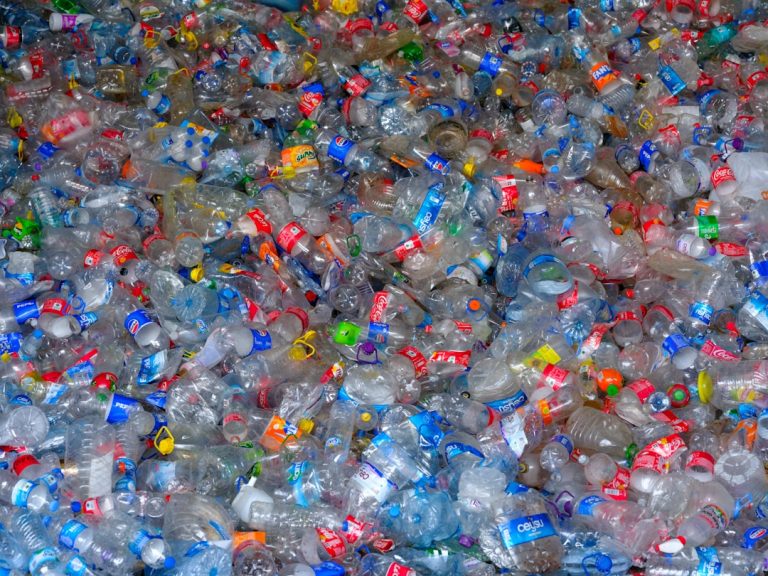The Best Practices for Reducing Paper Waste in Your Office.
The Best Practices for Reducing Paper Waste in Your Office
In today’s fast-paced business world, efficiency and environmental responsibility are no longer optional – they’re essential. One area where many offices can make a significant impact is by tackling paper waste. Far beyond just saving trees, reducing paper consumption in your workplace can lead to substantial cost savings, improved operational efficiency, enhanced data security, and a healthier planet. It’s a win-win for both your bottom line and your ecological footprint. But where do you start when rolls of paper seem to be an integral part of daily operations? This comprehensive guide will walk you through the most effective, actionable strategies to transform your office into a leaner, greener, and more productive environment.
Mapping Your Office’s Paper Consumption Footprint
Before you can effectively reduce paper waste, you need to understand its current flow and impact within your organization. This initial assessment is crucial for identifying problem areas and setting realistic goals. Think of it as an audit of your paper usage habits, revealing where paper is truly indispensable and where it’s merely a habit.
Identifying Paper Hotspots and Usage Patterns
Start by observing where and how paper is used most frequently. Are employees printing emails unnecessarily? Are meeting agendas always distributed in hard copy? Do administrative processes rely heavily on physical forms and sign-offs? Look at departments like HR, finance, and operations – they often generate a significant amount of paperwork. Pinpoint specific documents, reports, and communication methods that are predominantly paper-based. This might involve tracking printer usage, surveying staff about their printing habits, or simply conducting a visual walkthrough of your office spaces.
Quantifying the Environmental and Financial Impact
Once you have a clearer picture of usage, quantify the impact. Calculate the cost of paper itself, including purchasing, storage, and disposal. Don’t forget the hidden costs: printer ink/toner, printer maintenance, energy consumption for printers, and even the labor involved in filing and retrieving physical documents. Beyond finances, consider the environmental toll. Each ream of paper represents trees, water, and energy. Understanding these tangible costs provides compelling arguments for change and helps in setting measurable reduction targets. For more insights on the broader impact, consider consulting resources like the Environmental Protection Agency (EPA).
Embracing the Digital Shift: From Files to Cloud
The most impactful strategy for reducing paper waste is a wholesale shift towards digital operations. Modern technology offers robust solutions that not only eliminate the need for paper but also enhance efficiency, collaboration, and security. This isn’t just about scanning existing documents; it’s about fundamentally changing how information is created, shared, and stored.
Leveraging Document Management Systems (DMS)
A robust Document Management System (DMS) is the backbone of a paperless office. These systems allow you to store, organize, track, and manage all your digital documents securely. With a DMS, you can easily search for files, control access permissions, track revisions, and automate workflows, eliminating the need for physical filing cabinets and manual searches. This not only reduces paper but also significantly improves productivity and data integrity. Choosing the right system is key; look for features like version control, audit trails, and integration capabilities.

Streamlining Approvals and Signatures Digitally
Many office processes, from HR onboarding to contract approvals, traditionally require multiple signatures on physical documents. Digital signature platforms and electronic approval workflows can entirely eliminate this paper-intensive step. These solutions provide legally binding e-signatures and automate the routing of documents for approval, drastically cutting down on printing, scanning, and physical delivery times. This not only saves paper but also speeds up critical business processes.
Adopting Cloud-Based Collaboration Tools
Meetings are often notorious for generating stacks of handouts, agendas, and notes. By adopting cloud-based collaboration tools like Google Workspace, Microsoft 365, or Slack, teams can share documents, co-edit in real-time, and conduct discussions entirely digitally. Meeting notes can be taken directly on shared screens or tablets, and presentations can be displayed without printing a single slide. This fosters a more dynamic and interactive meeting environment while significantly reducing paper consumption.
Cultivating Mindful Printing Habits and Smart Workflows
Even with a strong digital push, some printing might remain necessary. The key is to make every print intentional and as environmentally friendly as possible. This requires a shift in individual habits and a re-evaluation of existing workflows to identify opportunities for optimization.
Defaulting to Double-Sided and Greyscale Printing
A simple yet highly effective practice is to configure all office printers to default to double-sided (duplex) printing. This immediately halves paper usage for any document printed. Similarly, setting greyscale as the default for non-essential prints saves on expensive color ink and often makes documents perfectly legible. Make sure these settings are applied to all shared printers and encourage individual users to adopt them for their personal devices.
Implementing a “Think Before You Print” Policy
This policy is about fostering a culture of conscious decision-making. Encourage employees to pause and ask themselves: “Do I truly need a physical copy of this document?” Many documents, especially emails or temporary reference materials, can be viewed perfectly well on a screen. Providing clear guidelines on what *should* be printed versus what *can* remain digital empowers employees to make responsible choices. Consider placing subtle reminders near printers or as screen savers.
Optimizing Forms and Internal Communication
Many offices still rely on paper forms for everything from expense reports to leave requests. Convert these to digital fillable PDFs or integrate them into your DMS or HR system. For internal communications like memos or newsletters, leverage email, intranet portals, or collaboration platforms instead of mass printing. Evaluate every single form and internal document to see if it can be digitized or eliminated entirely. This also improves data accuracy and streamlines record-keeping.
Sustaining the Change: Building a Paper-Lite Office Culture
Technological solutions and policy changes are vital, but for long-term success, reducing paper waste must become embedded in your office culture. It requires consistent effort, education, and leadership buy-in to truly transform habits and mindsets. A sustainable office culture is one where paper reduction is seen as a collective responsibility and a shared value.
Educating and Empowering Your Team
Regular training sessions and awareness campaigns are crucial. Educate employees not just on *how* to use new digital tools, but *why* reducing paper is important – highlighting both environmental benefits and operational efficiencies. Provide clear instructions and support for navigating digital workflows. Empower employees by giving them the tools and knowledge to make paperless choices, and solicit their feedback on challenges and potential improvements. Consider creating a guide to sustainable office practices for new hires.
Setting Clear Goals and Celebrating Milestones
Establish measurable goals for paper reduction, such as “reduce paper purchases by 30% in the next year.” Communicate these goals widely and regularly report on progress. Celebrate successes, no matter how small, to maintain momentum and morale. Recognizing teams or individuals who champion paper reduction can further incentivize participation and reinforce the desired cultural shift. This also demonstrates genuine commitment from management.
Leading by Example from Leadership
The most effective cultural changes often start at the top. When leadership actively participates in paper reduction efforts – using digital documents in meetings, signing off on e-approvals, and advocating for paperless processes – it sends a powerful message to the entire organization. Leaders who demonstrate a genuine commitment to sustainability inspire their teams to follow suit, making paper reduction a natural part of the company’s identity.
Beyond Reduction: Smart Recycling and Secure Disposal
Despite best efforts, some paper use might be unavoidable. For this remaining paper, establishing robust recycling programs and secure disposal methods is the next best practice. This ensures that even the paper that enters your office is managed responsibly from its lifecycle end.
Establishing Accessible Recycling Stations
Make recycling easy and convenient. Place clearly marked recycling bins for paper in high-traffic areas, near printers, and in breakrooms. Ensure employees understand what types of paper can be recycled (e.g., plain paper, envelopes, newspapers) and what cannot (e.g., heavily soiled paper, laminated documents). Regularly empty these bins and ensure they are collected by a reputable recycling service. Consider bins for different paper types if your local recycling program has specific requirements.
Securely Shredding Sensitive Documents
For confidential documents that must be printed, secure disposal is paramount. Invest in cross-cut shredders or contract with a professional shredding service. This protects sensitive company and client information while still allowing the shredded paper to be recycled. Emphasize the importance of shredding, not just tossing, any document containing personal data, financial information, or proprietary company






